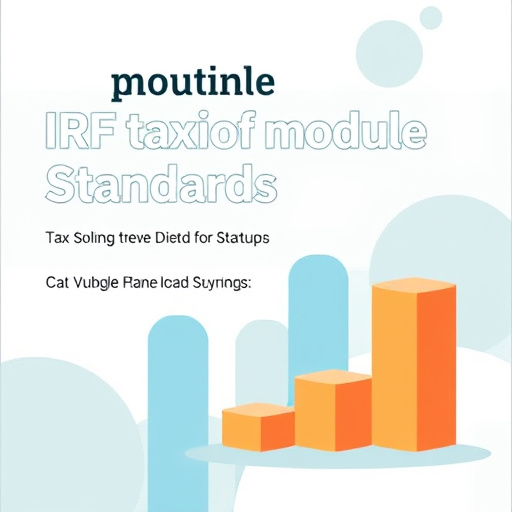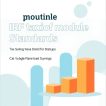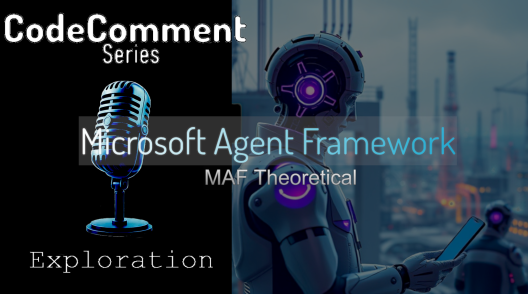Building intelligent applications often requires more than just a single AI model answering a question. It involves orchestrating multiple specialized agents, managing their memory, and creating complex workflows to solve intricate problems. The Microsoft Agent Framework is designed precisely for this, providing a robust foundation for building sophisticated, multi-agent AI systems. This article will guide you through the core concepts of this framework, from the basic building blocks to advanced orchestration patterns.
To bring these concepts to life, we’ve created a comprehensive 12-minute video that walks through each of these topics, just as they are presented in this article. It’s a perfect visual companion to solidify your understanding.
Now, let’s continue our educational journey and break down the key components of the Microsoft Agent Framework.
The Foundation – Agents, Storage, and Core Capabilities
At the heart of the framework are AI Agents, all derived from a common base class. This consistent interface is the key to building “agent-agnostic” higher-level functionality, allowing you to mix and match different agent types seamlessly. Before diving into agents, it’s crucial to understand their memory, which comes in two flavors: Custom Storage (managed by you) and Service Storage (managed by the underlying AI service).
Agents are powered by tools and operate within a context. The framework elegantly handles Agent Threads, abstracting away the complexities of different services to maintain context across multi-turn conversations. For cross-cutting concerns like logging or security, Agent Middleware allows you to intercept and modify agent interactions without cluttering your core logic. A critical feature for real-world applications is Agent Memory, which enables agents to remember user preferences and conversation history across sessions. Furthermore, the framework supports Background Responses for long-running operations, providing a continuation token to poll for results, essential for complex reasoning tasks or operations prone to network timeouts.
A Spectrum of AI Agents – From Azure to OpenAI and Beyond
The Microsoft Agent Framework is versatile, allowing you to build on various AI backends. It primarily supports three categories of agents:
- Azure AI Agents: This includes the powerful AI Foundry Agent, a fully managed runtime for creating agents that can reason and take multi-step actions with minimal code. It relies on service chat history. Alternatively, AI Foundry Models offer a “do-it-yourself” platform to deploy and manage individual models like GPT-4 or Llama, using custom storage.
- OpenAI Agents: This category covers the standard ChatCompletion API, the newer, higher-level Responses API, and the sophisticated Assistants API, which is specifically designed for building stateful agents that leverage multiple tools.
- Other Agents: The framework is extensible, supporting Custom Agents from other services and agents built via the A2A Protocol, ensuring you aren’t locked into a single provider.
Composing Intelligence – Workflows and Orchestrations
For complex tasks, you need to compose multiple agents into a cohesive system. This is where Workflows come in. The core components of a workflow are Executors (autonomous units that process messages), Edges (the connections that define message flow, including conditional and fan-in/fan-out patterns), and Events (which provide full observability into the workflow’s lifecycle).
Once you have the components, you can orchestrate them in powerful patterns:
- Concurrent: Multiple agents work on the same task in parallel, great for brainstorming or ensemble methods.
- Sequential: Agents are chained in a pipeline, where each agent’s output becomes the next’s input.
- Handoff: Control is dynamically transferred between agents based on expertise, ideal for customer support scenarios.
- Magentic: A flexible, general-purpose pattern where a dedicated manager coordinates a team of specialized agents, dynamically selecting who acts next. This is perfect for complex, open-ended tasks with an unknown solution path.
Finally, the framework ensures robustness and clarity with Checkpoints (for saving and resuming workflow state) and Visualization tools to help you understand and verify the design of complex workflows.
Building the Future of AI, One Agent at a Time
The Microsoft Agent Framework moves beyond simple chat completions into the realm of truly intelligent, collaborative AI systems. By providing a structured yet flexible architecture for agents, memory, and workflows, it empowers developers to tackle problems that require reasoning, persistence, and specialized skills. Understanding the concepts of agent types, core capabilities, and orchestration patterns is the first step toward building the next generation of AI-powered applications. As you explore these tools, you’ll find that the real power lies not in a single intelligent agent, but in a well-orchestrated team of them.










